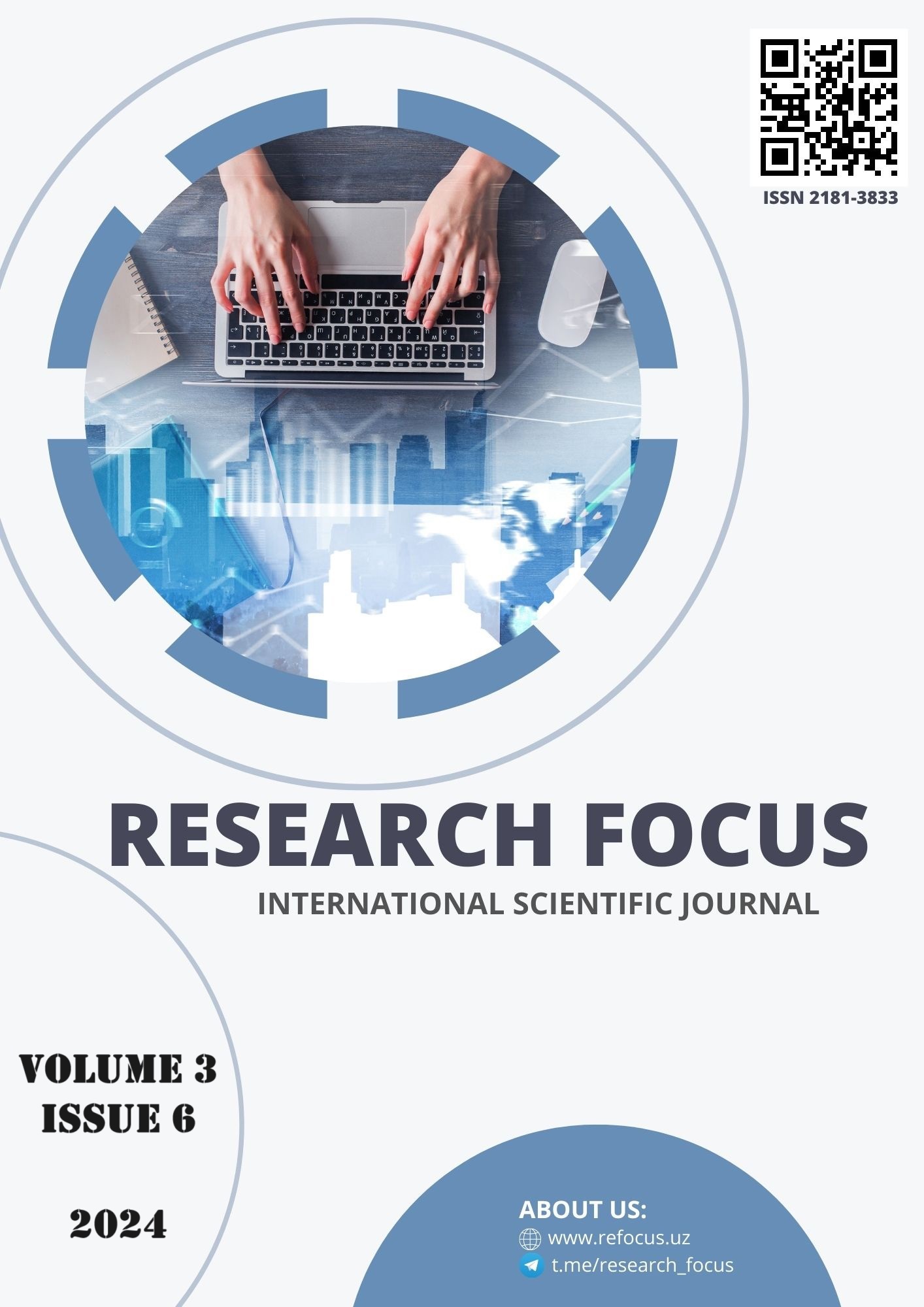IMPROVEMENT OF DIVIDEND POLICY IN JOINT STOCK COMPANIES
Main Article Content
Abstract
This study examines the factors influencing the improvement of dividend policy in joint stock companies, with a focus on enhancing shareholder value and ensuring sustainable corporate growth. Dividend policy is a critical financial decision that impacts a company’s capital structure, investor satisfaction, and overall market valuation. By analyzing data from a diverse set of joint stock companies, this research identifies key determinants of effective dividend policies, including profitability, liquidity, market conditions, and shareholder preferences. The study employs a mixed-methods approach, combining quantitative financial analysis with qualitative insights from corporate management practices. The findings suggest that a balanced and flexible dividend policy, which considers both short-term financial performance and long-term strategic goals, is essential for maintaining investor confidence and supporting sustainable business growth. Additionally, the study highlights the importance of regulatory frameworks and corporate governance in shaping dividend policies. Practical recommendations for improving dividend policies in joint stock companies are provided, aiming to enhance transparency, predictability, and alignment with shareholder interests.
Article Details

This work is licensed under a Creative Commons Attribution 4.0 International License.
References
Black, F. (1976). The dividend puzzle. Journal of Portfolio Management, 2(2), 5-8. doi:10.3905/jpm.1976.408558
Brealey, R. A., Myers, S. C., & Allen, F. (2016). Principles of Corporate Finance (12th ed.). McGraw-Hill Education.
Brigham, E. F., & Ehrhardt, M. C. (2014). Financial Management: Theory & Practice (14th ed.). South-Western College Pub.
DeAngelo, H., DeAngelo, L., & Stulz, R. M. (2006). Dividend policy and the earned/contributed capital mix: a test of the lifecycle theory. Journal of Financial Economics, 81(2), 227-254. doi:10.1016/j.jfineco.2005.07.005
Fama, E. F., & French, K. R. (2001). Disappearing dividends: changing firm characteristics or lower propensity to pay? Journal of Financial Economics, 60(1), 3-43. doi:10.1016/S0304-405X(01)00038-1
Gordon, M. J. (1963). Optimal investment and financing policy. Journal of Finance, 18(2), 264-272. doi:10.2307/2977907
Graham, J. R., & Kumar, A. (2006). Do dividend clienteles exist? Evidence on dividend preferences of retail investors. Journal of Finance, 61(3), 1305-1336. doi:10.1111/j.1540-6261.2006.00873.x
Jensen, M. C. (1986). Agency costs of free cash flow, corporate finance, and takeovers. American Economic Review, 76(2), 323-329. doi:10.2139/ssrn.99580
Lintner, J. (1956). Distribution of incomes of corporations among dividends, retained earnings, and taxes. American Economic Review, 46(2), 97-113. doi:10.2307/1910664
Miller, M. H., & Modigliani, F. (1961). Dividend policy, growth, and the valuation of shares. Journal of Business, 34(4), 411-433. doi:10.1086/294442
Myers, S. C. (1984). The capital structure puzzle. Journal of Finance, 39(3), 575-592. doi:10.1111/j.1540-6261.1984.tb03646.x
Rozeff, M. S. (1982). Growth, beta and agency costs as determinants of dividend payout ratios. Journal of Financial Research, 5(3), 249-259. doi:10.1111/j.1475-6803.1982.tb00299.x
Shleifer, A., & Vishny, R. W. (1997). A survey of corporate governance. Journal of Finance, 52(2), 737-783. doi:10.1111/j.1540-6261.1997.tb04820.x
Von Eije, H., & Megginson, W. L. (2008). Dividends and share repurchases in the European Union. Journal of Financial Economics, 89(2), 347-374. doi:10.1016/j.jfineco.2007.11.002
Wang, M. (2010). Corporate governance and dividend policy: An analysis of factors influencing dividend policy decisions. Journal of Business & Economic Research, 8(8), 71-84. doi:10.19030/jber.v8i8.758

